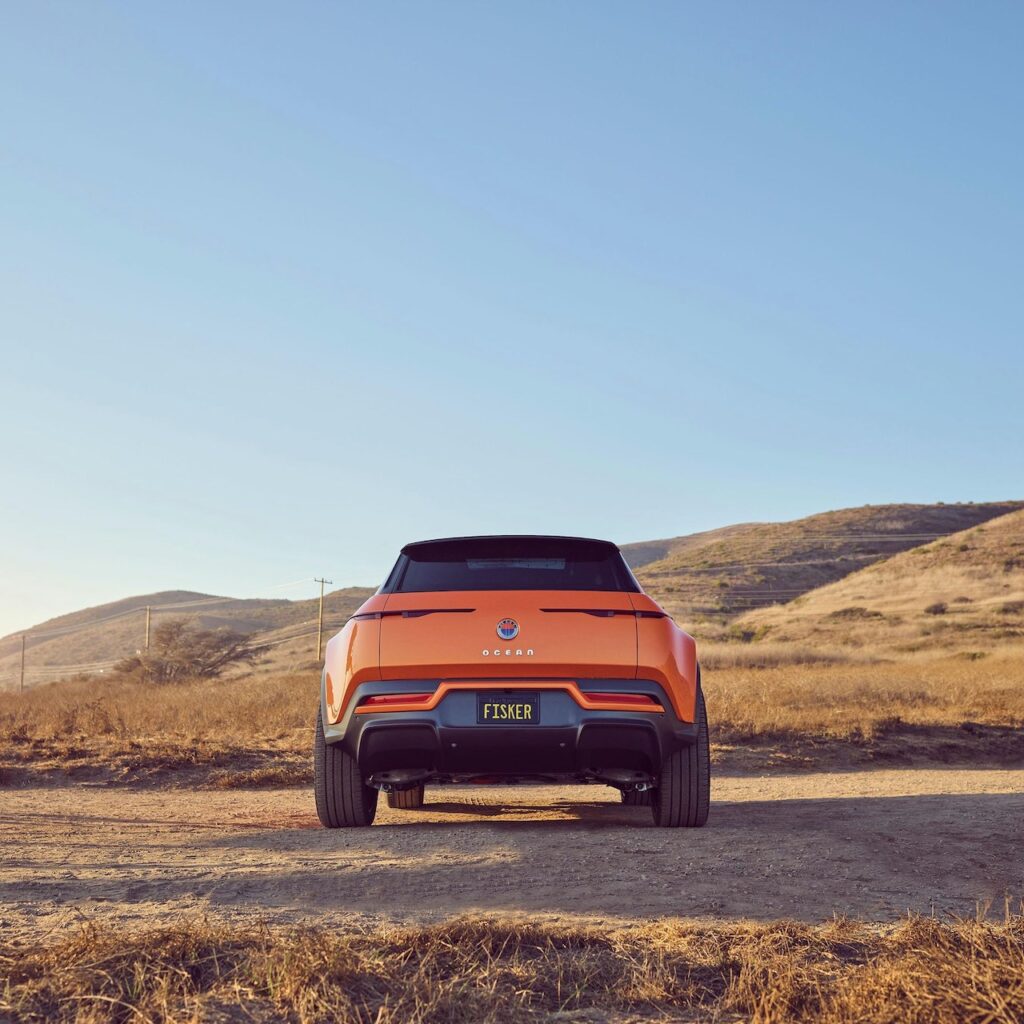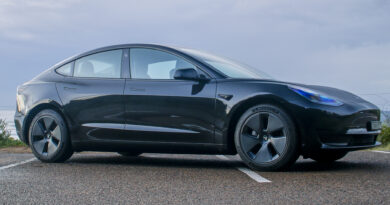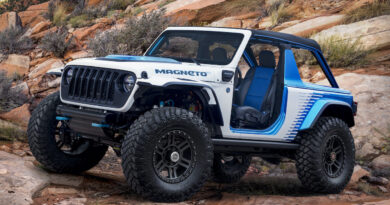Fisker, iPhone maker Foxconn promise US$30K EV for 2023
Fisker’s much-hyped Project PEAR is taking shape following the signing of iPhone maker Foxconn as a partner – but it’s still more than two years away.
And crucial details of the car the aspirational EV manufacturer says will sell for less than US$30,000 are for now lacking.
Fisker has only given the vaguest clues as to the shape of Project PEAR with a styling sweep of the vehicle (above).
While the price of the car known for now as Project PEAR would undercut the Tesla Model 3 – which sells from about $68,000 drive-away in Australia – by about 20 percent in its US homeland, there’s no confirmation that the upcoming model will be sold in Australia.
The early focus is on the United States – where the new EV will be manufactured, with plans for at least two manufacturing sites and annual production of 250,000 vehicles – as well as big export markets such as Europe, India and China.
Fisker and Foxconn say production is planned for Q4 of 2023, about one year after Fisker plans to start production of its first EV, the Ocean. The Fisker Ocean has been heavily hyped and pre-sold from US$37,499 in advance of its arrival; one of its key pitches is that buyers don’t have to own one, they can rent one and hand it back whenever they want.
The more affordable electric car from US startup Fisker – the brainchild of designer Henrik Fisker – will be produced in a partnership with iPhone maker Foxconn. Henrik Fisker has previously described the upcoming model as “like nothing you’ve ever seen”, likening it to the original Mini and Volkswagen Beetle.
The two have signed “framework agreements” that will include the supply of semi-conductors from Foxconn.
In announcing the deal, Fisker said the exterior design of Project PEAR – Personal Electronic Automotive Revolution – was already locked in and frozen, suggesting it is well advanced.
“Our partnership with Foxconn and the creation of Project PEAR has taken shape with remarkable speed and clarity of vision,” said Fisker Chairman and CEO Henrik Fisker in a statement.
“At under $30,000 with stunning design and innovation, we are rethinking the car, both in terms of proportions, design, interior functionality and connected user experience.”
Fisker said it sees the “tipping point for electric vehicles fast approaching”, something that is forcing it to think differently about the way it brings its second EV to market.
“In order to deliver on our promise of product breakthroughs from Project PEAR, we needed to rethink every aspect of product development, sourcing, and manufacturing,: said Fisker. “Our partnership with Foxconn enables us to deliver those industry firsts at a price point that truly opens up electric mobility to the mass market.”

Having Foxconn on board as a partner potentially smooths plenty of the challenges with mass manufacturing an EV.
“Foxconn is excited that our partnership with Fisker continues to trend in the right direction with exciting speed,” said Foxconn Technology Group Chairman Young-way Liu.
“Our work with Fisker aligns with our corporate 3+3 platform, and thanks to our MIH Alliance, Foxconn will be able to work with suppliers from across the world for Project PEAR. We have world-class supply chains in place to support Project PEAR – in particular, securing the reliable delivery of chipsets and semiconductors.”
Foxconn recently showed off its open-sourced EV platform that it plans to sell to other interested parties wanting a ready-to-go architecture to underpin their own electric vehicle.

In announcing that off-the-shelf vehicle architecture, Taiwan-based Foxconn also promised it would have affordable solid state batteries available by 2024, bringing the promise of higher energy density that could significantly lower the weight of an EV.
However, it appears the new Fisker EV will use a new platform called FP28 “leveraging technological expertise from each company to support Project PEAR and potential future vehicles”.
Presumably it will incorporate many of the learnings from that open-source architecture.




